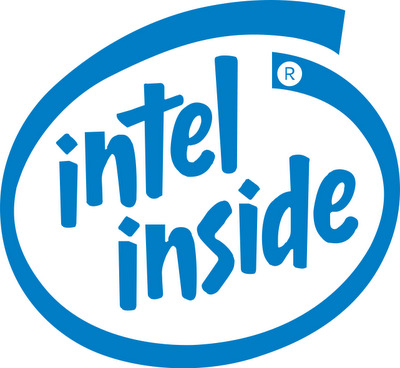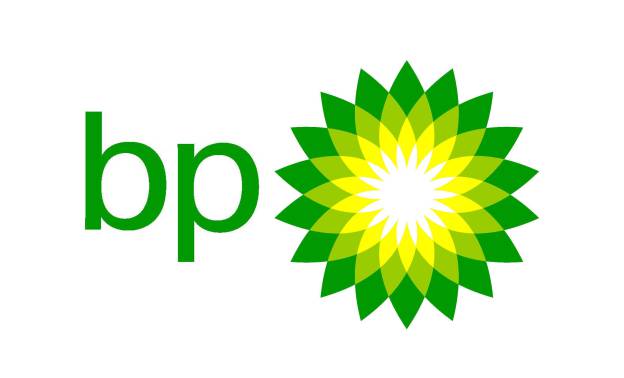Initially the motivation behind the branding of Intel Inside was to establish the company by name and identify the high performance products that were used inside the computer with the company. This was in an effort to create an image for a company which often was subjected to behind the scenes and specific industry awareness, but wanted to establish it’s brand presence to the general public. Intel created a consumer brand to make sense of the rapidly changing computer cycles. The technology giant had already established a reputation as a quality brand throughout the technology world, however, their aim was to spread awareness and create a positive image for themselves in the public eye.… Read the rest
Management Case Studies
Management case studies are real-life examples of issues and problems found in particular workplaces or business organisations. Case study assignments give the opportunity to relate theoretical concepts to practical situations. Most case studies are written in such a way that the reader takes the place of the manager whose responsibility is to make decisions to help solve the problem. In almost all case studies, a decision must be made, although that decision might be to leave the situation as it is and do nothing.
Case study- “Merger of HDFC Bank and Times Bank”
In November 1999, when Deepak Parekh and S M Data, Chairman of new private sector banks shook hands, they created a history of sorts. It is the first ever mega merger of Indian banks. It signaled that Indian banking sector has finally joined the MBA bandwagon. There is no denying the fact that there have been mergers in the Indian banking sector before, but they were essentially attempts by the government to bailout the weak public sector banks that made the stronger partners feeble. Now, the paradigm shifts lies in the fact that while the earlier mergers took place at the behest of the government, the market forces drove the merger of HDFC BANK and Times Bank.… Read the rest
Case Study- “Entry of LIC into Banking: Is it a Wise Decision?”
Life Insurance Corporation of India (LIC) is a long-term player with long-term resources garnered at a low cost. It has chosen Corporation Bank and Oriental Bank of Commerce, for investments in their equity shares. These two public sector banks have the distinction of turning out superlative performance. The business per employee and intermediation costs for these two banks are the lowest in the industry. So are there Non-Performing Assets. Corporation bank incidentally, is the only public sector bank, where the recent voluntary retirement schemes has not been implemented, as it does not have any excess staff to be sent out.
In the Mangalore based Corporation bank are perhaps the biggest gambles over undertaken by the two giants.… Read the rest
Case Study: Analysis of Performance Management at British Petroleum
British Petroleum (BP plc) is a multinational oil company headquartered in London, United Kingdom. They’re the third largest oil company in the world, and the fourth largest company worldwide measured by revenues. Employing over 78,000 workers around the world, BP’s Human Resources play a very important role in the company achieving success. BP recognized this and in 2010, BP’s executive team agreed a high-level philosophy covering their required practices of performance management as well as a set of guiding principles for rewards, in order to monitor performance and best motivate employees to reach objectives. In hope of achieving individual success as well as team success.… Read the rest
Case Studies on Debt Recovery Management
Mr.Kaushik Agarwal, about 18 months back had purchased 1 Tata Indigo, financed by HDFC bank. His EMI for this month (May’08) was bounced due to some reasons.
The recovery person called him on the 22nd May for the payment of the same. He was out of town at that moment so Mr.Kaushik had asked him to send someone to his office on the 24th to collect cash.
Now on 24th it slipped out of Kaushik’s mind that he had to pay cash to HDFC Bank and hence he did not withdraw any cash from the bank.… Read the rest
Case Study on Corporate Governance: Satyam Scam
Satyam Computers services limited was a consulting and an Information Technology (IT) services company founded by Mr. Ramalingam Raju in 1988. It was India’s fourth largest company in India’s IT industry, offering a variety of IT services to many types of businesses. Its’ networks spanned from 46 countries, across 6 continents and employing over 20,000 IT professionals. On 7th January 2009, Satyam scandal was publicly announced & Mr. Ramalingam confessed and notified SEBI of having falsified the account.
Raju confessed that Satyam’s balance sheet of 30 September 2008 contained:
- Inflated figures for cash and bank balances of Rs 5,040 crores (US$ 1.04 billion) [as against Rs 5,361 crores (US$ 1.1 billion) reflected in the books].

